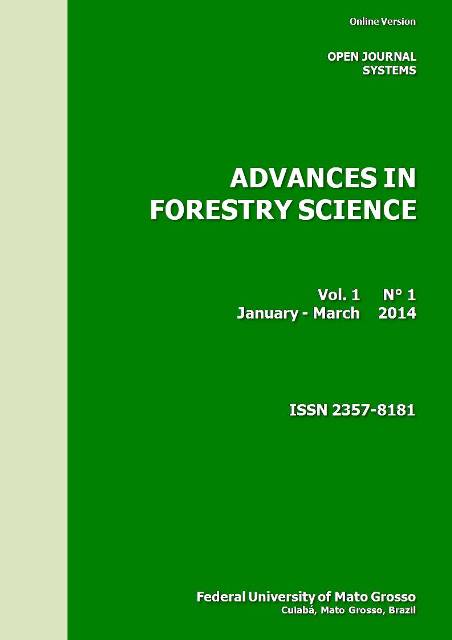Delineamento de estratégias para conservação de espécies arbóreas ameaçadas: o significado de parâmetros genéticos populacionais
DOI:
https://doi.org/10.34062/afs.v1i1.1405Palavras-chave:
Marcadores moleculares, Conservação genética, Aquecimento global, Fragmentação florestal.Resumo
As espécies florestais normalmente apresentam elevados níveis de diversidade genética. No entanto, os ecossistemas florestais têm sido severamente ameaçados por intensa exploração e fragmentação, além de fenômenos ambientais tais como o aquecimento global. Disso decorre a necessidade de delinear estratégias para a conservação de espécies ameaçadas. Parâmetros genéticos populacionais são informativos e importantes indicadores do status genético de uma espécie e podem ser adequadamente aplicados em estratégias que visam à conservação, manejo sustentável e melhoramento genético. Desse modo, neste trabalho foram revisados e discutidos parâmetros genéticos populacionais clássicos, como número médio de alelos (A), heterozigosidade (Ho and He), índice de fixação (F), taxas de cruzamento (t), fluxo gênico (Nm) e estimativas de divergência genética (FST , GSTe distâncias genéticas), e como estes parâmetros podem auxiliar no desenvolvimento de um programa de conservação de espécies arbóreas florestais. Adicionalmente, são discutidas as técnicas moleculares empregadas para obter valores acurados de tais parâmetros. Além disso, os mais avançados métodos para tais análises são brevemente discutidos. Finalmente, foram listadas situações sobre a aplicabilidade de cada uma das estatísticas para possíveis soluções dos problemas.

